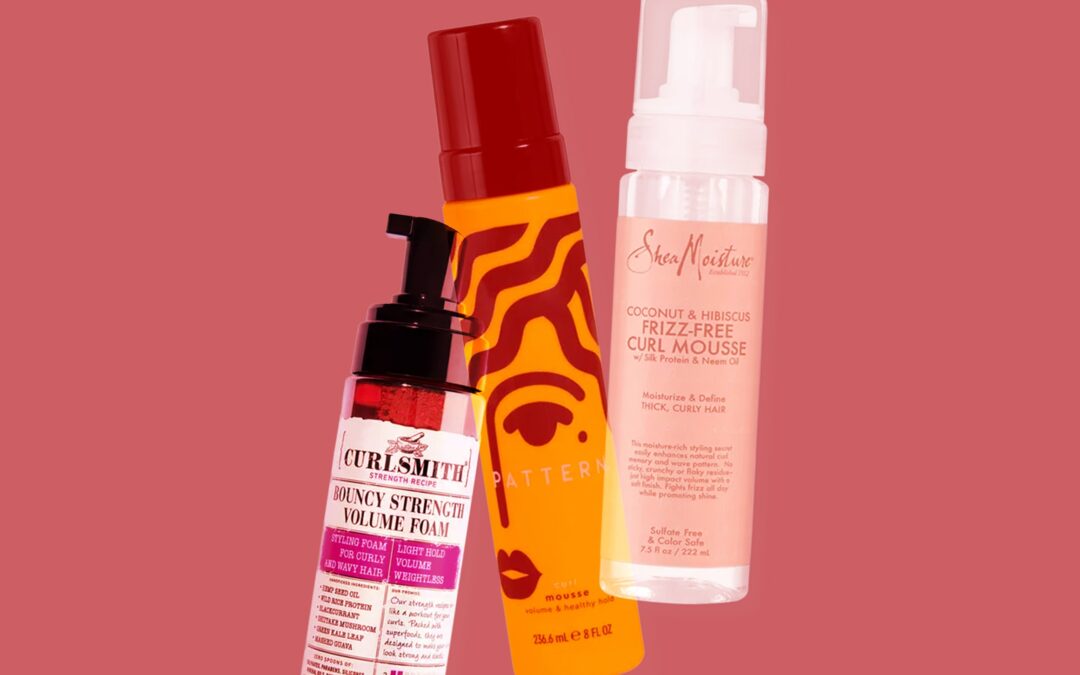“Mousse mania” first became popular in the ’80s — pre-Allure‘s existence — when, according to pop culture, the bigger the hair, the better. Maybe you lived through the era or have seen photos of rock stars like Madonna or KISS and couldn’t help but notice their wildly voluminous hair. Back then, mousse was glorified as the answer for breathing life into curly hair; giving it hold, body, texture, and shine. Although it has its perks, the hair product has gained a bad rap over the years for two main reasons: crunchy hair and sticky roots.
If you’ve got curly hair, you know that foams and mousses can either give you the best hair day of your life or the worst one. The key? Finding the right formula that works for your specific hair type.
Modern-day versions are here to debunk the mindset that mousses should be a thing of the past. Plenty of formulas are now made with moisturizing ingredients, like sunflower oil and wheat protein, that are a considerable upgrade from the originals.
As for the difference between foams and mousses? It all comes down to consistency. Both types of products are similar, except foams are usually more lightweight than mousses which tend to have a texture closer to whipped cream.
“It’s important you first identify your curl type then find out what products are meant for you,” says hairstylist Irinel de León. “This is so important because you could be using a product that’s either too light or heavy for your curls which could either cause frizz, leave build-up, or leave your strands limp.”
On top of your curl type and hair texture, your environment can help determine the best product for you. “The climate you live in has a direct effect on your strands,” de León adds. “For example, humidity is moisture in the air, so your strands will absorb that moisture and expand in width, leading to frizz.”
To that end, there are a variety of mousses, including defining, volumizing, and thickening formulas, that keep your curls looking frizz-free and shiny. “Defining formulas will tend to have softer hold, while volumizing or thickening formulas will have a bit more hold and may use stronger polymers or film formers to temporarily build onto the hair and shape the hair in a fluffier position, giving the appearance of more volume and thickness,” cosmetic chemist Charlene Valledor explains.
Avoiding formulas that are made with alcohol or other drying ingredients is key to avoiding your curls from being weighed down. “Look for lightweight conditioning or smoothing ingredients, nothing too heavy or that will cause buildup.”
To smooth and define curls with a mousse, start by rubbing the foam into towel-dried hair from roots to tips. Comb through to detangle, hang your head upside down, and scrunch the product with your fingers. Then, flip your head over and use either a diffuser to blow-dry your hair or air-dry and go. “It’s as much about the styling technique as it is about the formulation,” says Valledor. Knowing how to apply your mousse properly and using the best one for your hair type will give you the best results.
There you have it: Mousses and foams boost hydration and lend hold while leaving your hair touchably soft. Check out the best mousses for every curl pattern and type, according to hairstylists, to incorporate into your hair-styling routine.

